Soil Hydrometer:
Important Point
A hydrometer is an instrument that is utilized to gauge the general thickness of a fluid. Essentially, what is a hydrometer used for is to measure the density of liquids. A hydrometer is made of glass and essentially comprises two sections; A round and hollow stem with graduation marks. A bulb at base weighted with mercury
The lower the thickness of the fluid the more the hydrometer will sink. Think about water and petroleum for instance. The thickness of petroleum is lower than that of water, in this manner, the profundity of submersion of a hydrometer will more if there should arise an occurrence of petroleum than water.
What Does a Hydrometer Measure?
The hydrometer analysis involves using the instrument to determine its actual depth based on its readings. Specifically, what is a hydrometer used for is to measure specific gravity and related properties:
The soil hydrometer would be matched to determine its exact depth in so far as the soil hydrometer in the following developments is concerned.
Calculate the volume of the VR soil hydrometer bulb. This may be overcome in the following way.
- By measuring the amount of water that has been uprooted. Load a 1000 cc alumni with about 700 cc of water. Consider reporting the water level survey. Attach the soil hydrometer then note and then log the perusal. In comparison to the stem which is reduced, the difference in such two measurements increases to the volume of the bulb. on account of the inclusion of this last number is little to the extent that it may be rejected for productive uses.
- Evaluate the location, of the alumni where even the soil hydrometer is to be used by calculating the distance between any two graduations. The field distinct “A” by time.
- Test from the lowest alteration blemish on the soil hydrometer stem of the other major alignment marks, R.
- Quantify and document the difference from the neck of the bulb to the lowest alignment mark. The range, H1, of R, is approximated by the amount of the two ranges .
- Measure from the neck to the tip of the bulb. Record the stature of the bulb. The distance “h/2” finds the volume of a balanced bulb. a non-symmetrical bulb is used, the volume can be resolved with precision by extending the bulb on a piece of paper and finding the focal point of gravity of this projected area.
- Evaluate the earnest distances “HR“ for each of the marks “R” from the recipe:
HR = H1+ 1⁄2 [h—(VR/A)]
- Draw a curve that the relationship between “HR“ and R. Link a straight line for soil hydrometers with a smoothed shape.
Useful Article for You
- What Does Optimum Dry Mean
- What Does Cmu Mean in Construction
- What Does a Gallon of Water Weigh
- What Does Sugar Do to Concrete
- What Does Contour Interval Mean
- What Does a Gable Roof Look Like
- What Does a Gallon of Oil Weigh
- What Does Flight of Stairs Mean
- What Does Cedar Wood Look Like
- What Does Laying Pipe Mean
- What Does Shoring Mean in Construction
- What Does Bhk Mean
- What Does Silt Look Like
- Disadvantages of Low E Glass
- What Does Flagstone Look Like
- What Does Retarder Do in Concrete
- What Does Vip Mean in Music
- What Does 1 Yard of Concrete Weigh
- What Does the Net Area Measure?
- What Does Luminous Flux Mean
- What Does Demo Mean in Construction
How Does a Soil Hydrometer Work?
How does a hydrometer work in soil? The classification of its operation is as follows.
Types of Equipment Used for Soil Hydrometer.
#1. Soil Hydrometer.
#2. Mechanical stirrer dispersion cup with full accessories.
#3. Two glass jars of 1-liter size.
#4. Deflocculation Agent.
(Sodium Hexa metaphosphate solution prepared by dissolving 33 g of sodium Hexametaphosphate and 7g of sodium carbonate in distilled water to make one-liter solution)
#5. Stopwatch.
#6. Thermometers.
#7. Scale.
Procedure for Soil Hydrometer Working.
- Using a hydrometer in soil, take around 50 g of clay soil as well as 100 g in sandy soil, then measure it precisely to 0.1 g.
- Throughout the event that dirt includes an amazing amount of natural matter or calcium compounds, pre-treatment of dirt using hydrogen peroxide either hydrochloric corrosive may be necessary. If soils with less than 20% of the above compounds are to exist, pre-treatment would be avoided.
- Apply 100 cc of sodium hexametaphosphate to the soil being handled appropriately and heat it delicately for 10 minutes and transfer the material to a certain automated blender using a fly of refined water to rinse all the signs of dirt.
- Shake the soil suspended for about 15 minutes.
- Discharge the suspension of the Soil hydrometer and bring up the volume specifically to 1000 cc by inserting refined water.
- A further 1000 cc refined water container to hold the soil hydrometer in the center of continuous soil suspended reading to be registered. Consider the specific gravity and the T0 C temperature of the water.
- Soil suspended by placing the palms of the right hand out over the open end while keeping the lower portion of the jar with the left hand flipping from around the container then back. Only a moment where the jar is turvy, make sure that no dirt is folded to the bottom of the graduated bottle.
- Directly after shaking, put the Soil hydrometer jar on the table and start the stopwatch. Carefully add the Soil hydrometer to the suspension and take the Soil hydrometer readings at all times during the 1⁄4, 1⁄2, 1, and 2 minutes seasons.
- Following 2 minutes of drilling, remove the Soil hydrometer and shift it to the distilled water container. Usually, a few related readings should be obtained starting.
- Take the corresponding soil hydrometer readings at the time of 4, 9, 16, 25, 36, 49, 1 hour, and every one hour from such a moment. Any time a drill is taken, remove the soil hydrometer from the suspension and hold it in a jar containing refined water. A note can be given after the Soil hydrometer has been registered to see that the Soil hydrometer is still quite undeveloped.
- As time progresses, liquid suspension decreases due to the collapse of the strong particles, which can be tested as a precaution towards possible errors in the Soil hydrometer.
- Continue the operation of the Soil hydrometer readings soil hydrometer actually reads approximately 1000 cc.
Calculations of Soil Hydrometer:
D2 = K HR/t
Where,
T = Time in minutes
D = Measurement of soil molecule in mm
K = 30n/(G – gw)
The rate improved N might be become after
N% = G*V/[(G – 1)*W] * (r – rw)*100
Where,
V = Volume of soil suspension (1000 cc).
W = weight of dry soil taken for the test.
r = Soil hydrometer reading in refined water.
rw = Soil hydrometer readings in soil suspension.
G = Specific gravity of soil particles.
V = 1000 cc, helpfully addressed as follows:
N% = K1 (Rh1 – 1000) * 100
Where,
K1 = G/(G – 1) * (100/W)
Rh1 = Rh + Cm – Cd ± Ct
Where,
Rh1 = Soil hydrometer perusing.
K1 = Soil hydrometer perusing.
Rh = really noticed soil hydrometer perusing (upper meniscus)
Cm = the meniscus revision (for example 0.5)
Ct = Correction for temperature (positive if the test temperature is more than the temperature at which the soil hydrometer is adjusted and the other way around) (see table-1)
Cd = Correction for scattering specialist.
The extension of the scattering skilled to the soil suspension results in an increase in the thickness of the fluid which involves an alteration of the noticed soil hydrometer.
The revisions variable, Cd, is determined by applying to the 1000-ml graduate, often filled with distilled or demineralized water, the calculation of the scattering professional to be used for the exact inspection, setting added refined water to the 1000-ml level, incorporating the soil hydrometer at a certain stage and noting the review.
Also, Read: Core Cutter Method | What is Compaction of Soil
Useful Article for You
- What Does a Lean to Look Like
- What Does a Bulldozer Look Like
- What Does Concrete Not Stick to
- What Is Quarrying
- What Is a Concrete Slump Test
- What Is a Weir
- What Is Road Made Of
- Cantilever Bridge Disadvantages
- What Is a Cantilever?
- What Is a Rolled Curb
- What Is an Abutment Bridge
- Gray Green House
- Identify the Zero-Force Members in the Truss
- Bridge Pier
- Monolithic Concrete
- Wall Panel Bathroom Ideas
- Construction Companies in America
- How Bridges Are Made
- Density of Concrete G Cm3
- Concrete Wall Treatment
- Standard Us Brick Size
How to Read Hydrometer?
The steps on the subject of how to read a hydrometer are as follows.
- Any of those other soil hydrometers shall have one or two calculations printed on the soil hydrometer. Close soil hydrometer only with sample liquid to be used against the soil hydrometer.
- Place the soil hydrometer and as well provide a brief twirl to eliminate any precipitations of water. Unless the soil hydrometer requires also existed calibrated, a report from the appropriate measurement.
- In contrast to being accurate, the specimen liquid must be at a temperature of 60°F. Unless the fluid is below 60°F, the equation should be updated.
- When interpreting transparent liquids, the eyes should be located immediately below a top surface of the liquid then elevated increasingly till this sheet, seems as a horizontal direction.
- The position where the line is placed on the soil hydrometer level should be recorded as a measurement of the soil hydrometer.
- If the liquid is not easily available and it can be measure, it would be practical to interpret just above the ground and then to compute as exactly as likely the fact at which liquid rises on the soil hydrometer.
Use a Hydrometer:
- A soil hydrometer inspection is a cycle by which fine-grained soils, residues, and dirt, are assessed.
- Soil hydrometer study is performed if the grain sizes are extremely little for strainer inspection.
- The reason for this test is Stoke’s Law for falling circles in a thick liquid where the max speed of fall relies upon the grain distance across and the densities of the grain in suspension and of the liquid.
Also, Read: What Is RQD | Advantages of Rock Quality Designation | Limitations of Rock Quality Designation (RQD)
Advantages of Hydrometer:
The advantages of hydrometer are as follows.
- It is a really simple approach.
- It is going to offer snappy estimates.
- This is a reasonable tool.
Disadvantages of Hydrometer:
The disadvantages of the hydrometer are as follows.
- Soil hydrometer has a tiny estimation scope.
- Soil hydrometer a delicate crystal.
- Soil hydrometer has limited accuracy.
- A large volume of examples is needed.
Soil Hydrometer:
The hydrometer analysis of soil, based on Stokes’ law, calculates the size of soil particles from the speed at which they settle out of suspension from a liquid. However, when combined with a sieve analysis, offer a complete gradation profile of soils containing coarser materials.
What Does a Hydrometer Measure?
A hydrometer is an instrument used to determine specific gravity. It operates based on the Archimedes principle that a solid body displaces its own weight within a liquid in which it floats. Hydrometers can be divided into two general classes: liquids heavier than water and liquids lighter than water.
How Does a Soil Hydrometer Work?
The hydrometer analysis of soil, based on Stokes’ law, calculates the size of soil particles from the speed at which they settle out of suspension from a liquid. Results from the test show the grain size distribution for soils finer than the No. 200 (75µm) sieve.
How to Read Hydro Meter?
The most common scale on hydrometers is “specific gravity.” This is the ratio of the liquid’s density to the density of water. Pure water should give a reading of 1.000. A higher reading means the liquid is denser (heavier) than water, and a lower reading means it is lighter.
Use of Hydrometer
A hydrometer is an instrument used for measuring the relative density of liquids based on the concept of buoyancy. The liquid to test is poured into a tall container, often a graduated cylinder, and the hydrometer is gently lowered into the liquid until it floats freely.
Advantages of Hydrometer:
Using a hydrometer has the advantage of only involving singular measurements and is an effective method to measure liquids
Disadvantages of Hydrometer:
A disadvantage of using a hydrometer is that there is typically more waste and a longer cleaning time.
Like this post? Share it with your friends!
Suggested Read –
- Foundation Failures
- What Is Workability
- Coarse Grained Soils
- What Is Dressing of Stone | Types of Dressing of Stone
- Floating Slab Vs Monolithic Slab | What Is Monolithic Slab | What Is Floating Slab
- RCCFull Form | What Is RCC | Advantages & Disadvantages of Reinforced Cement Concrete | Properties of RCC | What Does RCC Stands for
- What Is a Cavity Wall | How to Build a Cavity Wall | Cavity Wall Detail | Cavity Wall Thickness | Cavity Wall Insulation Pros and Cons | Brick Cavity Wall
- What Is Oblique Drawing | Oblique Drawing Examples | What Is Oblique View | Oblique Projection | Oblique Shape | Cabinet Oblique | What Is Cavalier Drawing
- Which of the Following Is a Way That Slopes Fail | Types of Slope Failure | Geotechnical Failures | Types of Slopes in Geography | Causes of Slope Failure | Slope Stability
- What Is Pier and Beam Foundation | Advantages & Disadvantage of Pier and Beam Foundations | Pier and Beam Foundation Design | How to Build a Post and Pier Foundation
Originally posted 2023-09-08 12:10:04.
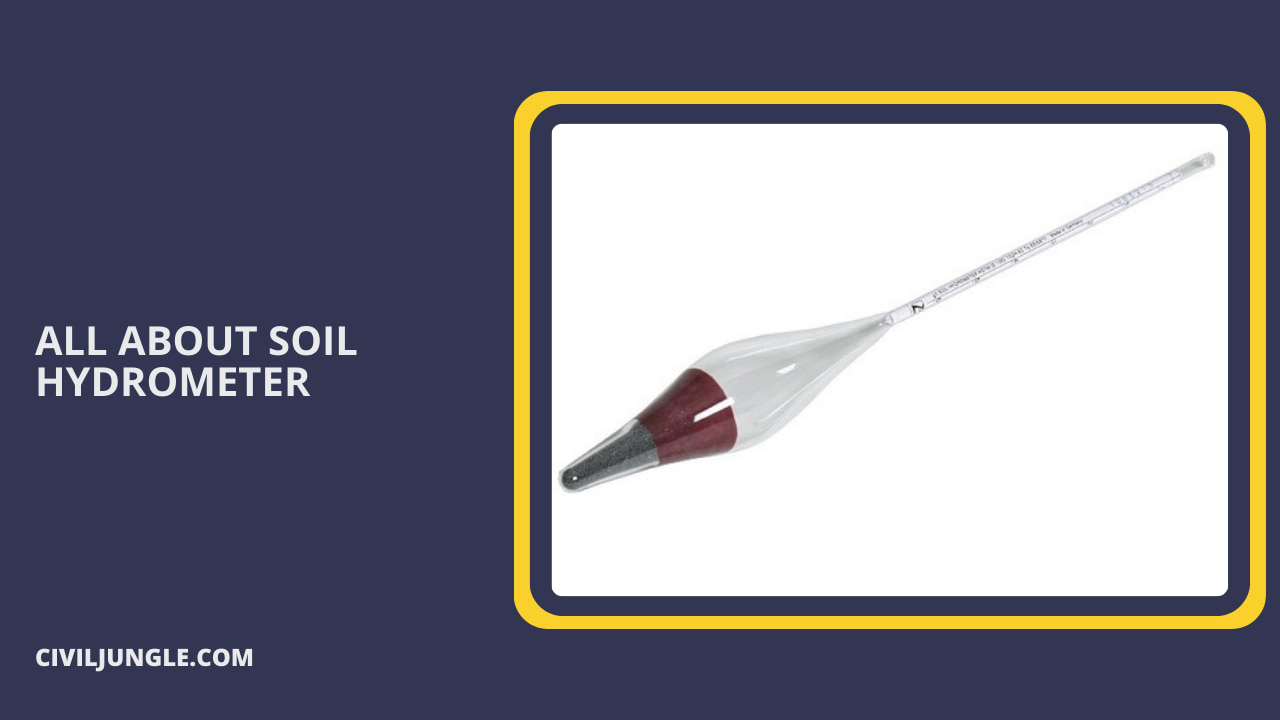
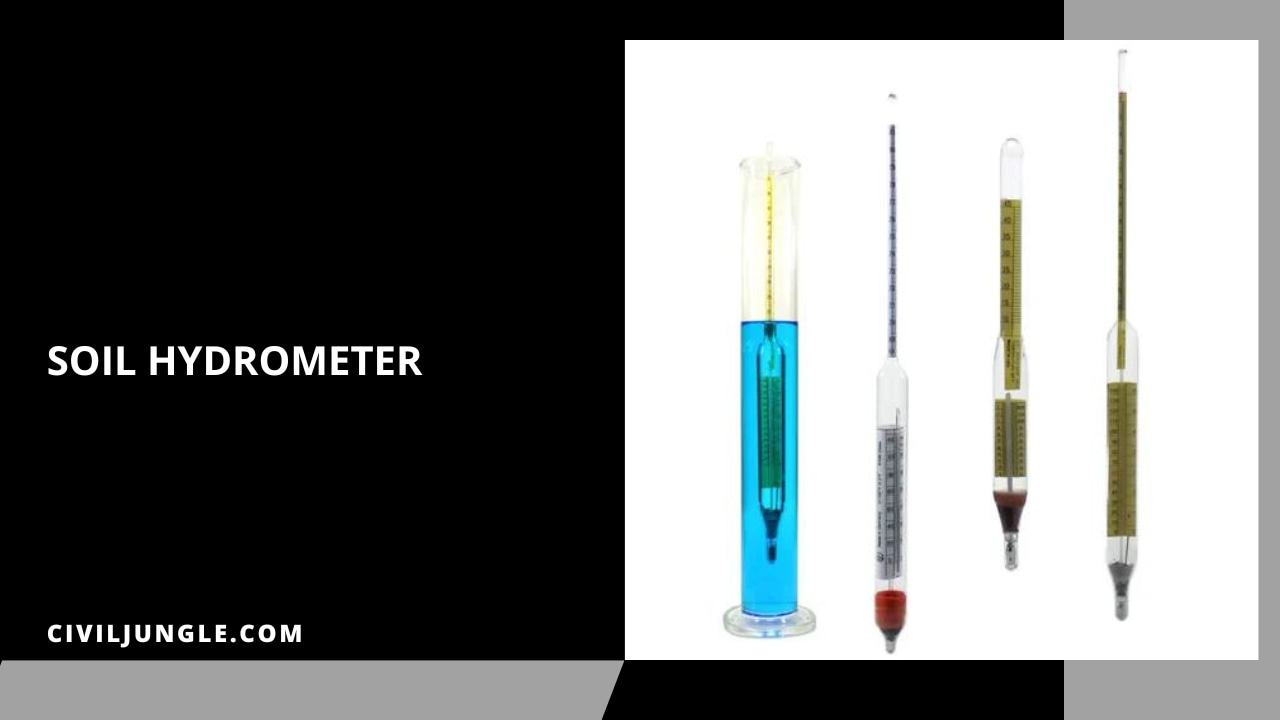
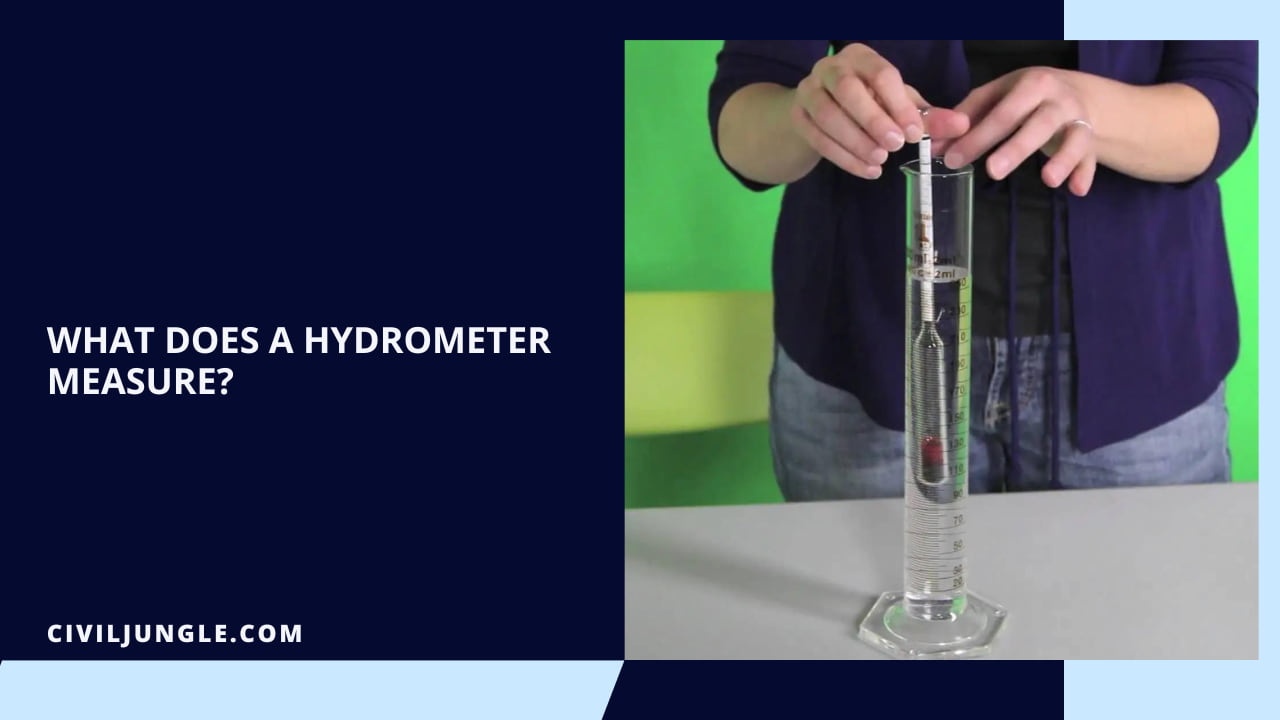
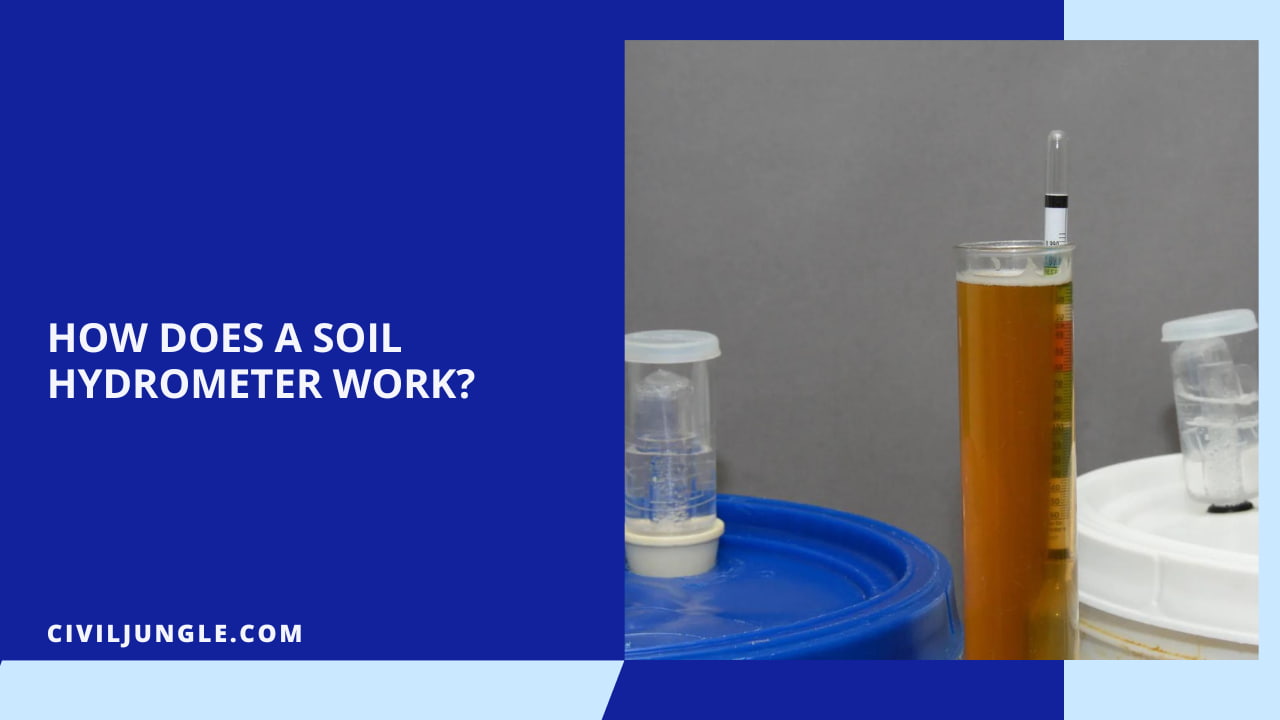
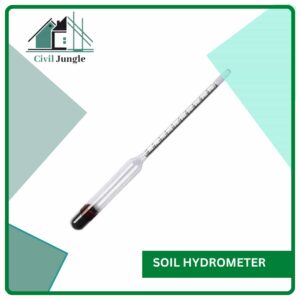
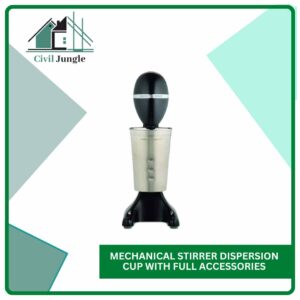

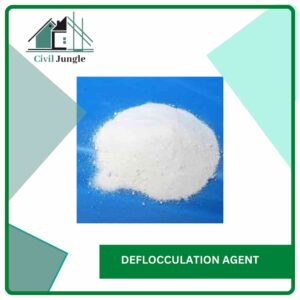
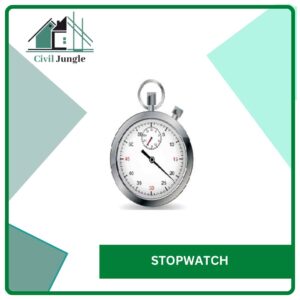
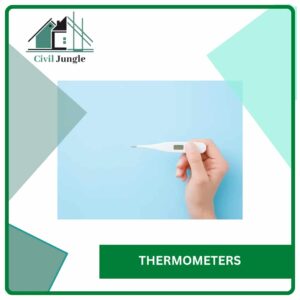
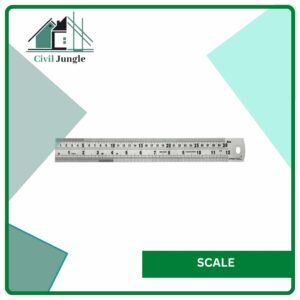
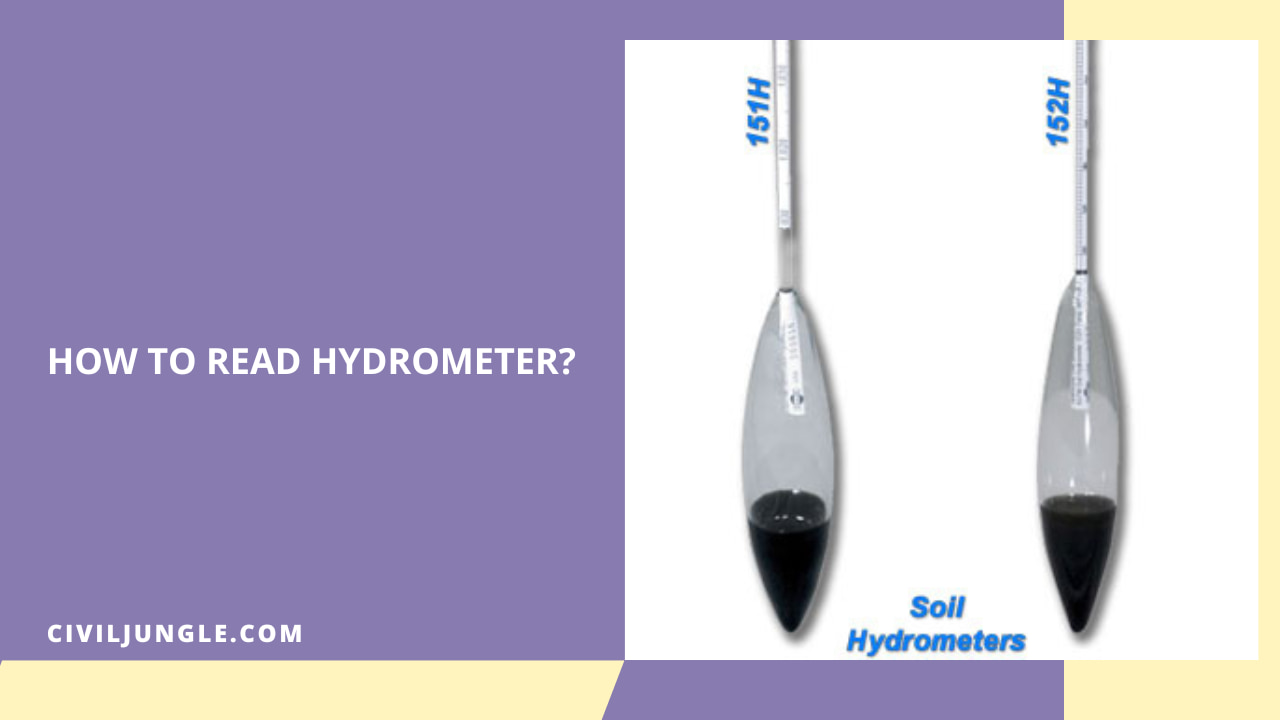

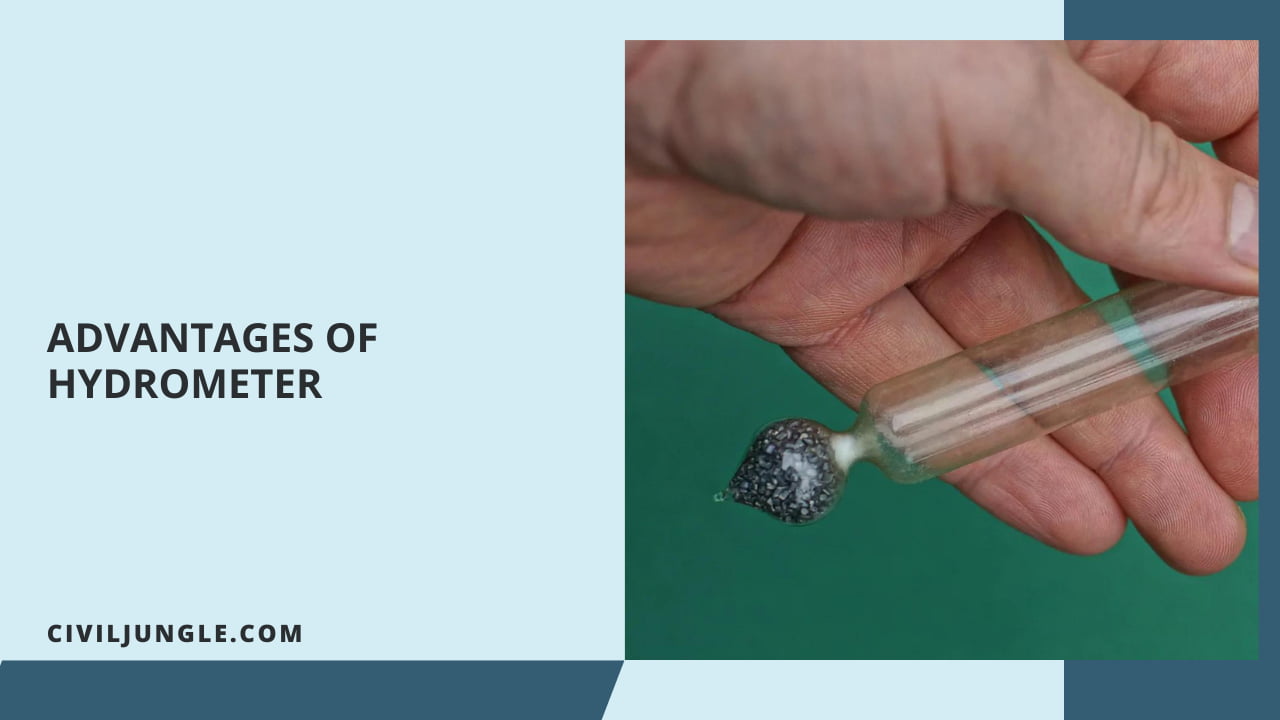
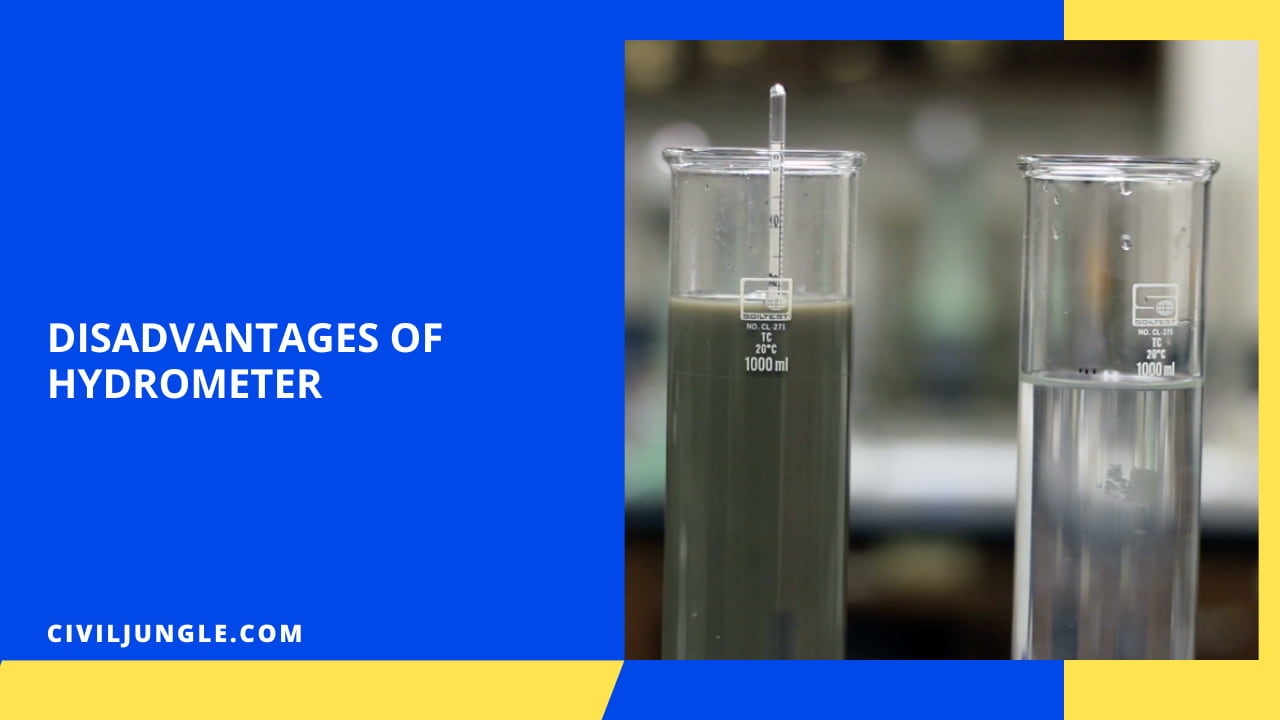

Leave a Reply